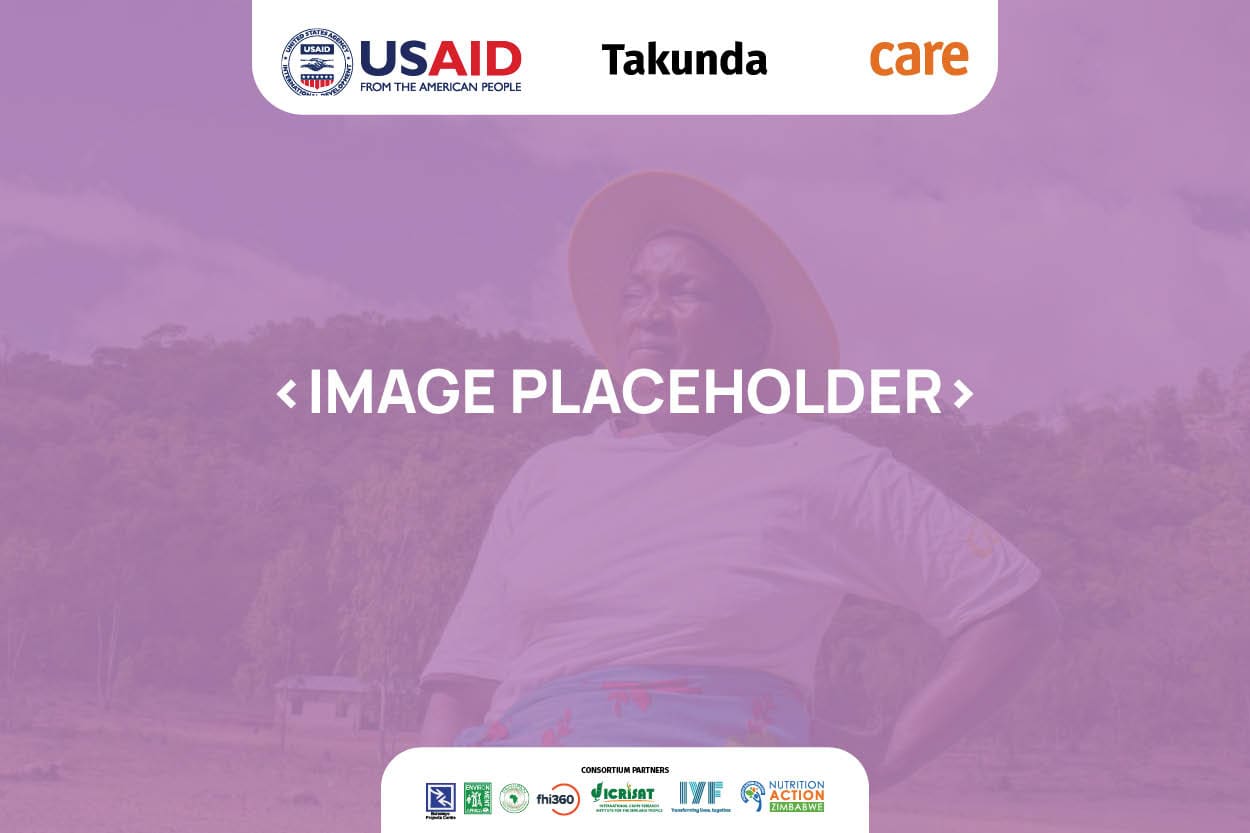A Surprise Crop-Discovery Leads The Way to A Four Star Diet
MEMORY CHIGIDI (35), a lead mother for Kubatana, a neighbor women group in Mukwindidza village, Ward 21, Mutare district. A neighbor women group consists of ten to 15 pregnant women, lactating women, and caregivers of children under 2 years, who assemble every month to discuss nutrition, health, wash, and gender behaviors, being facilitated by a community volunteer called a lead mother and supervised by the Village Health Worker.
Written By: LORRAINE MARANGE and FREDDY KAREMBO
In October 2022, Memory and her peers discovered that of the four recommended food groups that pregnant and lactating women and children under 2 should consume every day, staple foods are their most challenging group, owing to the dryness of the region. Unfortunately, maize, their preferred staple crop doesn’t thrive so well in this condition.
As a community they always shunned planting small grains as they are deemed laborious because of the constant need to chase away birds and their involving post-harvest processing. During the same discussion they discovered a variety of red sorghum (shiri kure) which is not attacked by birds during the maturing stage and it is known to be drought resistant. They committed to planting it, as a group on a small demo portion. A total of 30 members from Tapinda Tapinda, Kubatana and Vision neighbor women groups collected three kilograms of treated red sorghum and planting instruction of production from their nearest Agriculture Extension Officer.
These groups were selected because they are from the same village, making it easy to share labor. After harvest, the sorghum was used to brew a traditional beverage called mahewu and make porridge for children. This was because ‘red Sadza,’ as it is known, is seen as less palatable. They soon discovered that processed sorghum mixed with maize produces a tasty Sadza. One member testified, “The sadza is tasty”. From the three kilograms, they had a yield of 25 buckets, which they shared, and donated two buckets to the village head for the production of mahewu for use during village assemblies.
A welcome learning curve, they have each committed to producing on a hectare in the next season. Along with sorghum, they also produced pumpkins, gourds, and mashamba, a breakfast delight. She added, “There’s no need for us to keep track of the price of bread anymore.”
To help sustain group activities, members joined village savings and lending associations (VSLA), one of many interventions promoted by USAID Takunda. In the VSLA, each member contributes US$ 5 every month at an accumulating interest rate of ten percent. To date, they have US$ 300 in the club, with the goal to share the money in December 2023. Members have diversified into other income streams such as selling dried fish, tennis shoes, traditional print wrap-overs, sandals, aprons, and torch batteries to complement their earnings.
The women are grateful for the care group model’s role in changing their behavior by enlightening them. They now produce a healthy diet from their own fields without necessarily going to the shops.

